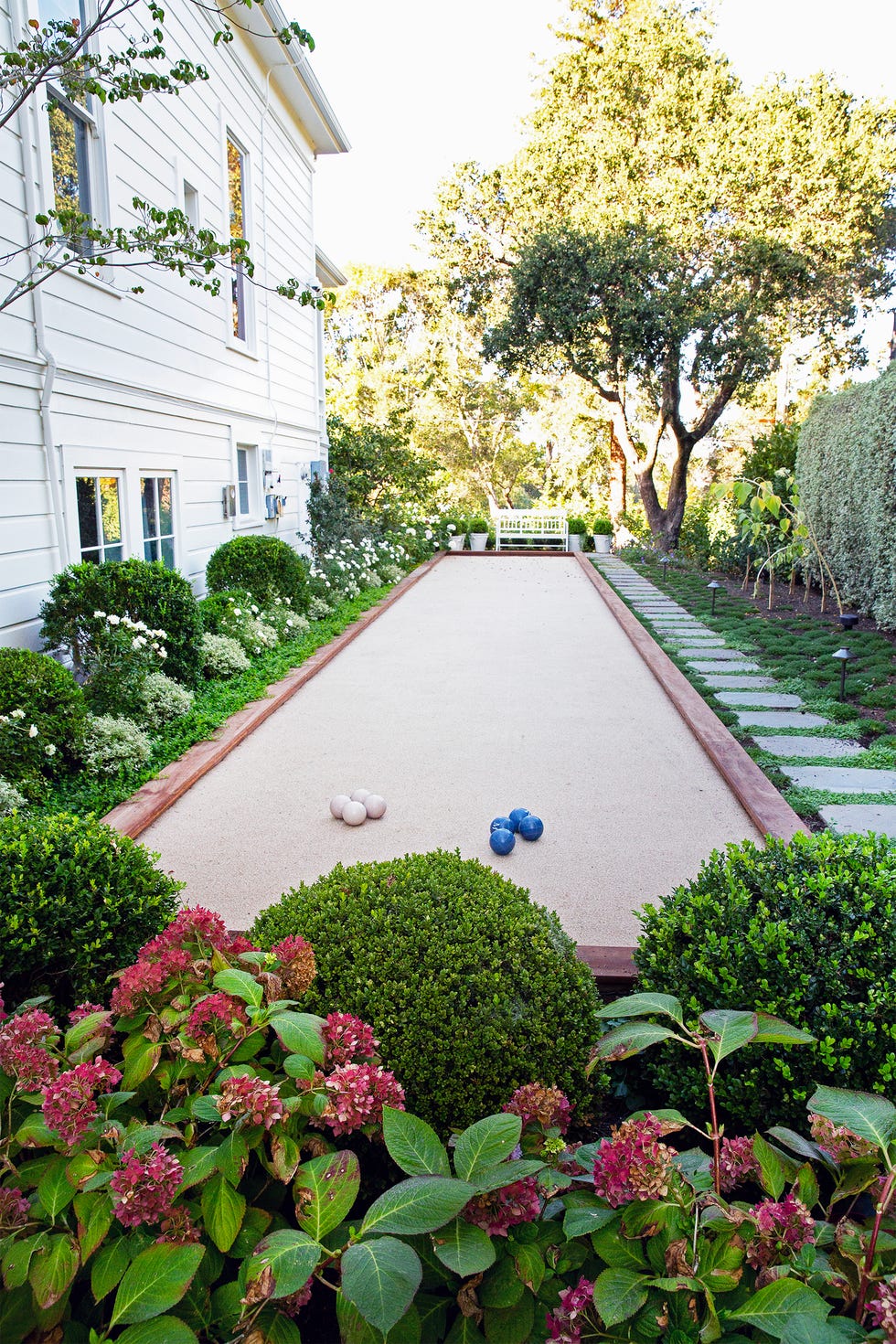Elevate Your Residential property's Visual With Sustainable Landscape Design Layouts and Eco-Friendly Practices

Advantages of Lasting Landscape Design
Executing sustainable landscaping techniques not only saves natural deposits however likewise advertises biodiversity and boosts total environmental health. By selecting environmentally friendly landscape design strategies, residential property proprietors can reap a wide variety of advantages that extend beyond just visual allure. One significant advantage is the reduction of water intake with using drought-resistant plants, rain yards, and reliable irrigation systems. This not just decreases energy expenses but additionally adds to water conservation initiatives in the community.
Additionally, lasting landscaping can boost soil wellness by minimizing making use of chemical plant foods and pesticides, consequently developing a much healthier environment for plant development and useful soil microorganisms. This, consequently, boosts the overall strength of the landscape to withstand environmental stress factors and environment adjustment influences - lawn cleanup Jacksonville. Additionally, lasting landscape design methods can draw in diverse wild animals, consisting of pollinators like butterflies and bees, cultivating a much more vivid and well balanced environment within the home
Incorporating Indigenous Plants
To build upon the advantages of lasting landscape design, a calculated emphasis on incorporating indigenous plants can better enhance environmental durability and promote biodiversity within the landscape. Indigenous plants are varieties that normally take place in a particular area and have developed to thrive in the local environment, dirt problems, and ecological community. By including indigenous plants in landscape design layouts, residential or commercial property proprietors can minimize water usage, minimize the requirement for chemical pesticides and fertilizers, and sustain the local wildlife population.
Including indigenous plants also assists in protecting the special character and identity of a region's plants. These plants commonly need much less maintenance when established, making them a affordable and lasting landscaping solution over time. Furthermore, native plants can attract indigenous pollinators like bees and butterflies, contributing to the total wellness of the ecosystem.
When picking native plants for landscape design jobs, it is vital to select varieties that are appropriate to the specific ecological conditions of the website. Consulting with local baby rooms or organic gardens can give important support on choosing the right native plants for a particular location. By incorporating native plants into landscaping designs, look what i found building owners can create gorgeous, lasting outside rooms that benefit both the environment and the area.

Water Conservation Methods
Efficient watering methods play an essential duty in lasting landscape design practices, ensuring ideal water preservation efforts in exterior spaces. Leak irrigation provides water straight to the roots of plants, lessening evaporation and overflow.
Along with sophisticated watering techniques, xeriscaping is an additional water-saving landscaping strategy that focuses on utilizing drought-resistant plants, compost, and effective watering to produce a low-water landscape layout - lawn cleanup Jacksonville. By picking native plants that are fit to the local environment and dirt conditions, homeowner can decrease the need for excessive watering, inevitably saving water and promoting a sustainable exterior setting
Eco-Friendly Hardscaping Concepts
Enhancing outdoor areas with eco-friendly hardscaping functions can add significantly to sustainable landscape design techniques. When taking into consideration hardscaping elements, go with materials like recovered timber, recycled concrete, or all-natural rock to decrease environmental impact. These materials not only include an unique aesthetic attract your outdoor space however additionally reduce the requirement for brand-new resources extraction.
Applying permeable leading options such as crushed rock or absorptive concrete can help in reducing water runoff and promote groundwater recharge. These options permit rainwater to seep right into the ground, preventing erosion and minimizing the burden on stormwater systems.
Integrating native plants into hardscaping designs can even see here more enhance eco-friendliness by sustaining neighborhood wildlife and lowering the requirement for excessive watering or chemical therapies. By incorporating upright gardens or green wall surfaces, you can introduce a lot more greenery into urban settings, boosting air quality and biodiversity.
Integrating energy-efficient illumination, such as solar-powered LEDs, into hardscaping designs can reduce electrical energy usage and lower your residential or commercial property's carbon impact. Prioritizing eco-friendly hardscaping ideas not just enhances the appeal of your exterior space yet also demonstrates a dedication to environmental stewardship.
Maintenance Tips for Lasting Landscapes

Routinely prune plants to advertise healthy development and stop overgrowth that can result in pest illness or problems. Use organic plant foods to nourish the soil and plants without dangerous chemicals that can seep right into the setting. For hardscaping elements, such as absorptive pavers or rock paths, regularly tidy them to stop particles build-up and keep their functionality. By staying positive Source with upkeep jobs, you can preserve the appeal and sustainability of your landscape for several years to come.
Conclusion
Finally, sustainable landscaping methods provide many advantages for home proprietors, from improving the visual charm of the environments to advertising ecological preservation. By incorporating native plants, carrying out water preservation strategies, and making use of environmentally friendly hardscaping concepts, residential property proprietors can develop gorgeous landscapes that are likewise ecologically liable. With correct upkeep, sustainable landscapes can add and prosper to a much healthier environment for both people and wildlife.
Furthermore, sustainable landscape design can boost dirt health and wellness by lessening the use of chemical fertilizers and chemicals, therefore developing a much healthier atmosphere for plant development and beneficial dirt microorganisms.To develop upon the benefits of sustainable landscaping, a strategic emphasis on including indigenous plants can additionally improve environmental strength and promote biodiversity within the landscape. By including native plants in landscape design styles, residential or commercial property owners can reduce water use, decrease the demand for chemical pesticides and fertilizers, and support the regional wildlife population.
These plants often call for much less maintenance once developed, making them a cost-efficient and lasting landscaping remedy in the lengthy run. By integrating indigenous plants into landscaping designs, property proprietors can produce attractive, sustainable outdoor areas that benefit both the environment and the neighborhood.